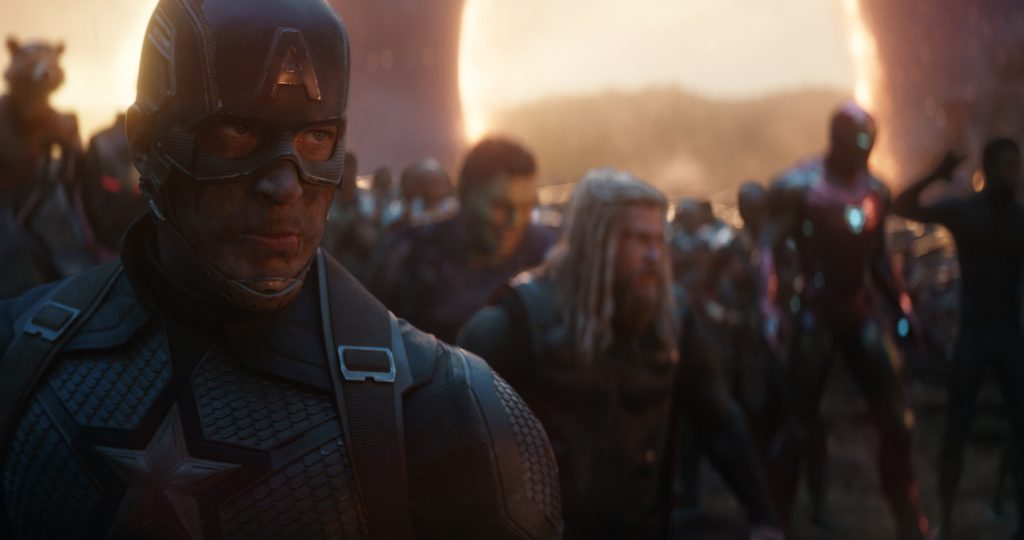Avengers: Endgame Executive Producer Trinh Tran on Capping Off a Decade’s Worth of Work
Last spring, Avengers: Endgame wrapped up Marvel’s Infinity War saga. The three-hour epic spanning space to Wakanda and back again impressed the critics, exceeded audience expectations, and raked in $2.78 billion in gross global earnings. The movie’s length was only one unusual development within the world of superhero fare, with Endgame representing the culmination of 11 years’ worth of work, bringing about the deaths of Natasha Romanoff (Scarlett Johansson) and Tony Stark (Robert Downey Jr.), and undoing the entire finale of its almost equally epic predecessor, Infinity War. Furthermore, these two films (which clock in at five hours and 42 minutes altogether) were shot one right after the other, a grueling three-year process for the directors, Anthony and Joe Russo, producer Kevin Feige, and the huge crafts teams involved.
That said, if you’ve been with the MCU for the last decade, maybe a workload like this is just par for the course. Marvel has grown into a global juggernaut since it first released Iron Man in 2008 when Endgame executive producer Trinh Tran was an assistant in the production and finance departments. Working on Marvel films throughout the studio’s progression, Tran was a creative executive on Captain America: The Winter Soldier, an associate producer on Captain America: Civil War, and an executive producer on both Infinity War and Endgame. (She’s also an executive producer on Hawkeye, a new MCU show for Disney+.)
We sat down to chat with Tran for a glimpse into the process behind making the final two capstones to 23 movies, the logistical complications inherent to such a huge undertaking, and Marvel’s path to global audience domination all along the way.
Can you tell me a bit about your professional background within the Marvel Cinematic Universe?
About 12 years ago I started at Marvel and I remember there were a good 20 people in the office. It felt like this small production company. You know, I didn’t grow up reading comics. I wasn’t a big part of that world, but I remember sitting in post-production and watching Ironman for the first time as an assistant, and I completely fell in love with Tony Stark and the world of Marvel and MCU. I knew I wanted to be a part of it, making these movies. If you had asked me 10 years ago if I was going to be staying at Marvel for over a decade, I wouldn’t have dreamed that that’d be possible, let alone be part of the biggest movie we made. It’s such an incredible feeling to be where I am right now and to have Infinity War and Endgame be a part of that journey.
So, heading into Endgame, how did you approach a film this big? What was the first thing you did?
Breathe! I took a deep breath when I remember Kevin and Lou [Louis D’Esposito, also an executive producer] had mentioned hey, what if we do these two big movies back to back? I remember just thinking how exciting it is, not knowing what it was going to be like, but getting the opportunity to do this. On a logistics level, it made sense to shoot these two movies back to back, but it was a very difficult process in terms of time, which wasn’t on our side. We were filming Endgame while we were posting Infinity War and doing reshoots. The whole process was pretty grueling, but I have to say it was an amazing journey. I don’t think anyone of us who was a part of that process would do it any other way. It’s the experience of a lifetime.
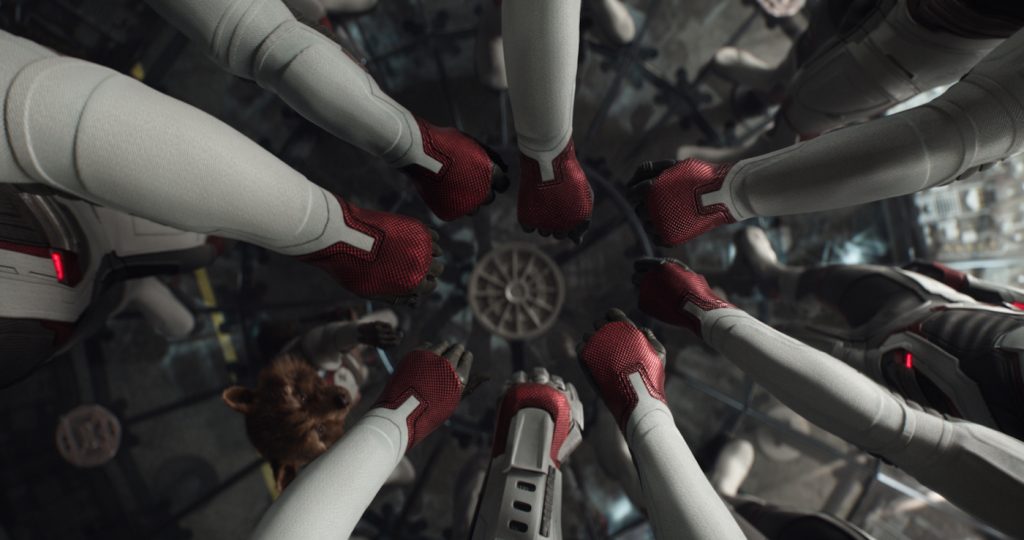

Are there challenges that are specific to this size of a movie that you simply don’t have elsewhere?
Getting all the talent together in one day was a logistical complication. We have our most amazing, trusted crew who was able to pull that off, but I think that was really difficult, knowing that there were so many people involved and all those characters. We had two scenes in particular where we needed quite a few people, one of which was the funeral scene, which was one shot of pretty much everybody in one frame, and the other was when the portal opened and all the heroes stepped out. To be able to get them all there that day was pretty spectacular in itself, but in terms of the challenges, like I said, it was just two of the biggest movies we’ve ever done before. To be doing that, filming all of 2017, was such a crazy process.
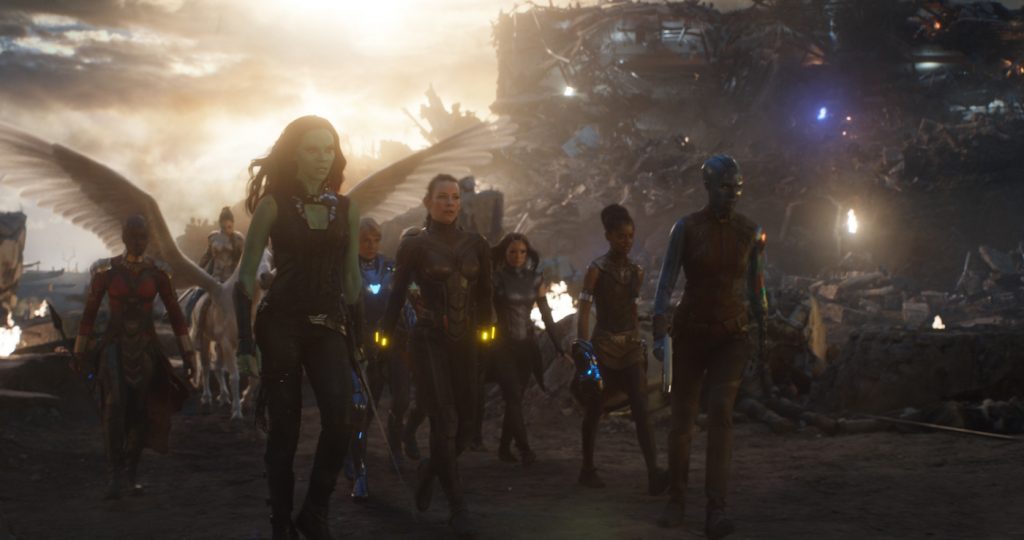

Aside from getting the lead cast members all in one room, what were scenes or moments that were particularly difficult to bring together?
There’s a couple moments. I’d say the final battle is one that stood out because we just wanted to make sure, creatively, that it didn’t feel like we just had a bunch of people around fighting. The important aspect of it was to make sure the characters belonged where they belonged and each of them had the moments that they had with a certain amount of people. So it was a grueling process to make sure that flowed through and that it made sense. We worked hard at it and redid certain things to make sure it didn’t feel like they were just fighting for the sake of fighting, and that, for example with Tony and Peter, they had moments that resonated from where we left off in Infinity War.
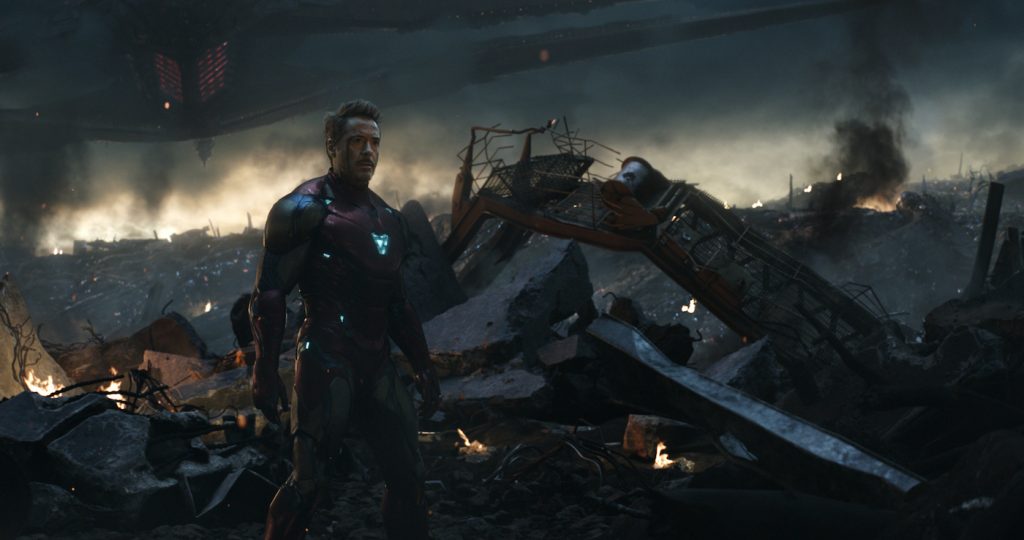

The other one I’d say we kind of redid to make sure it felt right was the Vormir, with Clint and Nat. We initially had Thanos and his armies involved in that scene, and as we were watching it, it didn’t quite fit into the story the way we wanted. We wanted most importantly from that scene the personal connection between the two characters, so what we did was we just stripped them out, and made it personal, about Clint and Nat’s story and the eventual sacrifice she had to make in order to get that stone.
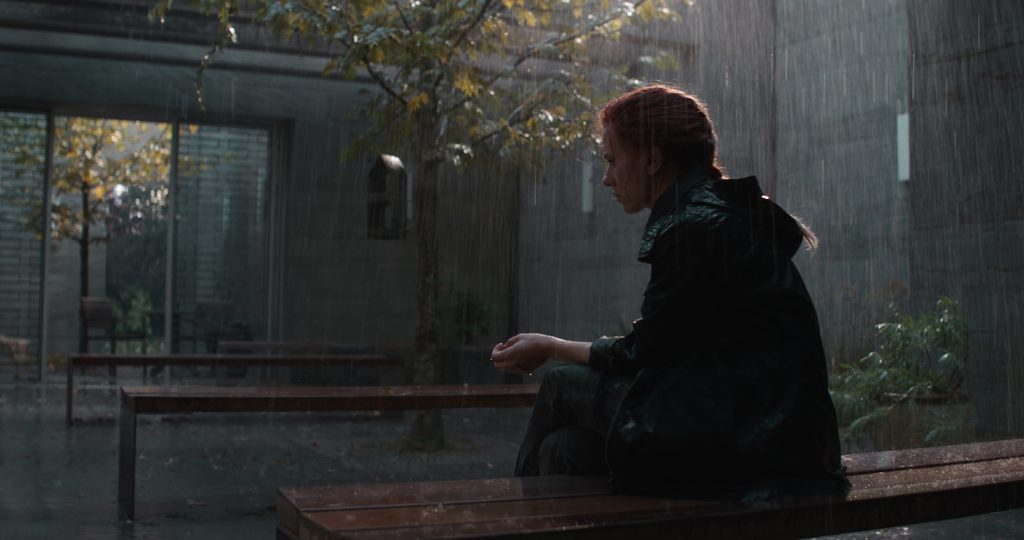

In that vein, is there much extra footage viewers haven’t yet seen? Did you have to let go of much?
I remember when we were sitting in post-production, with the Russos and with Kevin and with our editor, and it was hard to let go of scenes. And when people are fighting for scenes to stay on, I guess that’s not a bad problem to have. The movie is three hours, and there is a reason for it, and it’s because we couldn’t let go of any of the scenes that we each felt were so important. So there aren’t many. Some can be seen on the DVD, and I think there are a couple more that will come out soon. There was more of, how can we better the scene? So it wasn’t necessarily stripping an entire scene or parts away, but it was more making it better and reshooting it to make sure that creatively there was the emotional connection that we wanted to tell from these characters. So there was not quite a lot, I’d say. Otherwise, it would be a two-hour movie.
The Marvel audience is a global behemoth. How do you think that happened?
I think it’s the interconnected universe that we built at Marvel. You know, when you start off with Iron Man, Thor, and Captain America, they were just individual characters in their own movies. And you see the ten-year-old kid who first watched Iron Man is now watching Endgame and is in his twenties. Those are the types of audiences who have invested their energy and pretty much over a decade of their time to these characters. It’s not like we were able to make Infinity War and Endgame from day one. It’s really taking the time to build these characters in their own stories to get to where we are. As time went along and as people started watching each of their own stories, the audiences grew. I think our mission is always, let’s tell the best story, and let’s tell the story we want to tell and are passionate about. If people were going to embrace it, that’s all the better, because it’s the fans out there that were allowing us to make these movies.
For Avengers: Endgame coverage, check out our interviews with composer Alan Silvestri, costume designer Judianna Makovsky, or click here for our massive trove of stories.
Featured image: Marvel Studios’ AVENGERS: ENDGAME. L to R: Captain America (Chris Evans) in b/g Hulk (Mark Ruffalo, Thor (Chris Hemsworth), Iron Man (Robert Downey Jr.) and Black Panther (Chadwick Boseman). Photo: Film Frame. ©Marvel Studios 2019



